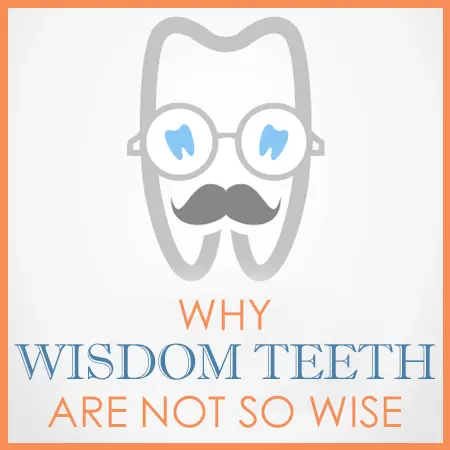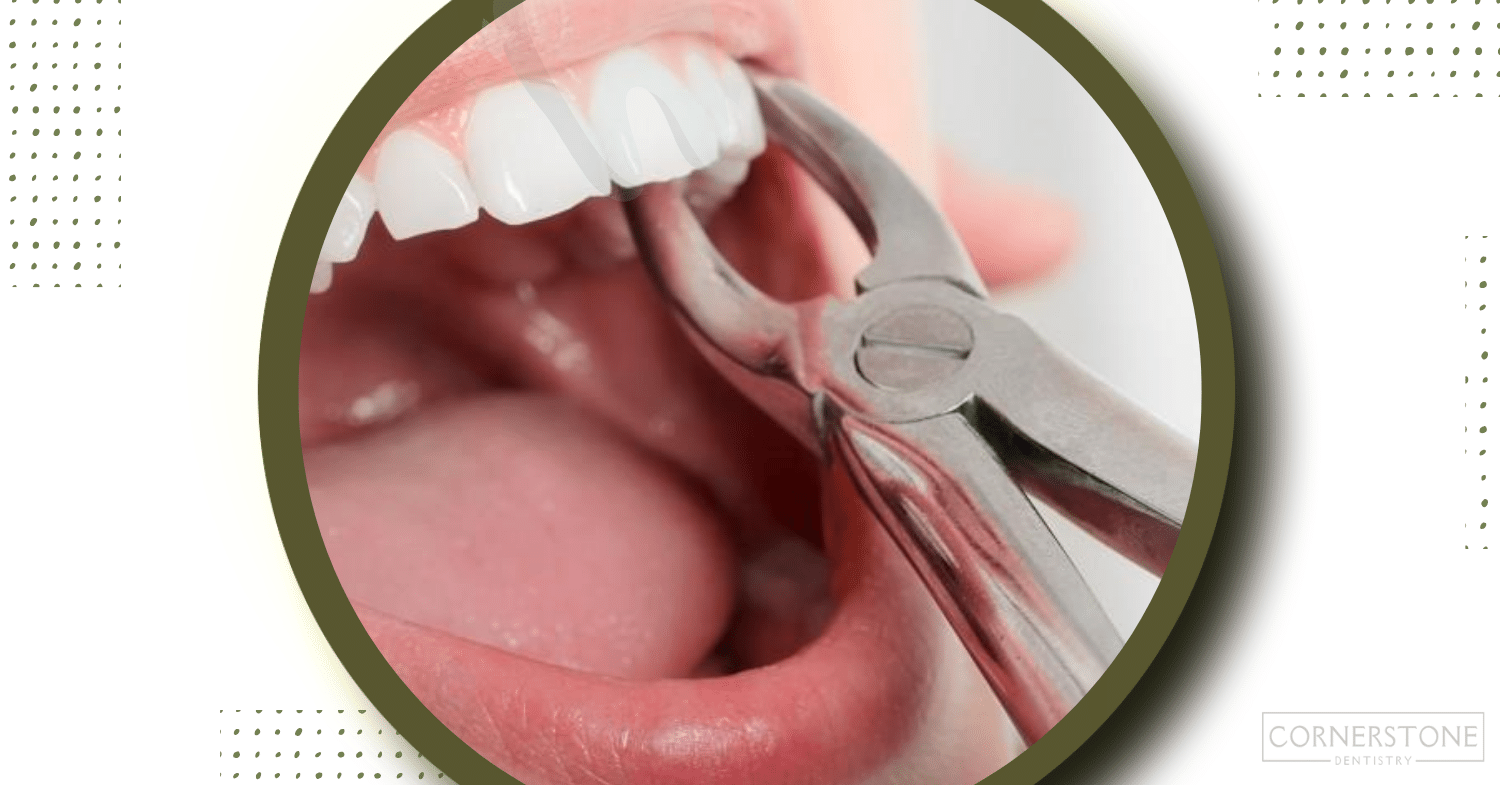If you’re in need of a tooth extraction, you’ve come to the right place. Our team of experienced dentists and specialists are here to provide you with the highest quality care and ensure a comfortable experience throughout the entire process.
During your initial consultation, our skilled dentists will thoroughly evaluate your oral health and discuss the best course of action for your specific situation. If a tooth extraction is recommended, we will explain the procedure in detail, answer any questions you may have, and address any concerns.
On the day of your tooth extraction, our friendly staff will guide you through each step of the process. We will administer local anesthesia to numb the area around the tooth being extracted, ensuring that you remain comfortable throughout. Our experienced dentists will then gently remove the tooth using specialized instruments and techniques, taking great care to preserve the surrounding tissues.
Following the extraction, we will provide you with detailed aftercare instructions to promote proper healing and minimize any discomfort or swelling. Our team will also discuss tooth replacement options with you, such as dental implants or bridges, to restore your smile and maintain proper oral function.
At Cornerstone Dentistry, we are committed to delivering exceptional dental care in a warm and welcoming environment. Our goal is to help you achieve optimal oral health and a beautiful smile that you can confidently show off.
Contact us today to schedule your consultation and let us take care of your tooth extraction needs with skill and compassion.



What is Tooth Extraction?
A tooth extraction removes a tooth from its jawbone socket. When a tooth is damaged or cannot be salvaged, a dentist or oral surgeon performs it.
To reduce pain and ensure patient safety, dentists and oral surgeons take precautions during tooth extractions. After the extraction, postoperative instructions will include pain management, edema reduction, and extraction site care to encourage recovery.
Tooth extractions are done for severe decay, gum disease, overcrowding, orthodontic therapy, impacted or diseased teeth, and broken or cracked teeth. Consult a dentist to decide if a tooth extraction is necessary and to explore replacement choices.

Reasons for Tooth Extraction
There are several reasons why a tooth may need to be extracted. Here are some common reasons for tooth extraction:
- Severe Decay
- Gum Disease
- Impacted Teeth
- Crowding
- Fractured or Cracked Teeth
- Tooth Infection or Abscess
- Trauma or Injury
It’s important to note that tooth extraction is typically considered a last resort, and dentists will explore all possible options to save a tooth before using it. If extraction is recommended, your dentist will explain its reasons and discuss any necessary replacement options, such as dental implants, bridges, or dentures, to restore function and aesthetics.
How To Prevent A Tooth Extraction
While some tooth extractions are unavoidable due to certain dental conditions, there are several measures you can take to minimize the risk of needing a tooth extraction. Here are some ways to prevent tooth extraction:
- practice good oral hygiene
- attend regular dental check-ups
- address dental issues promptly
- maintain a healthy diet
- wear protective gear during physical activities
- address teeth grinding or clenching
- follow orthodontic recommendations
Remember, even with the best preventive measures; there may still be instances where extractions are necessary. Regular dental care and early intervention are key to minimizing the risk and preserving natural teeth for as long as possible.
Types Of Tooth Extractions
There are two main types of tooth extraction: simple and surgical. The type of extraction recommended will depend on the tooth’s condition and the extraction’s complexity. Here’s an overview of each type:
- Simple Extraction: Simple extractions are typically performed on teeth that are fully erupted and can be easily accessed by the dentist. The tooth is loosened and removed using dental forceps. Local anesthesia is administered to numb the area, ensuring a comfortable experience. Simple extractions are commonly performed for decayed, damaged, or loose teeth.
- Surgical Extraction: Surgical extractions are more complex and are usually required for teeth that are impacted, partially erupted, or fractured below the gumline. An oral surgeon makes a tiny gum incision to access the tooth surgical extractions. Sometimes, a portion of the bone may need to be removed, or the tooth may need to be sectioned before extraction. Surgical extractions are performed under local anesthesia, intravenous depending on the technique.
In addition to these main types, some specific variations or circumstances may require a modified approach to tooth extraction:
- Wisdom Teeth Extraction: often require surgical extraction due to their positioning and potential for impaction. These extractions may involve removing bone and soft tissue to access the impacted wisdom tooth.
- Multiple Extractions: Sometimes, multiple teeth need to be extracted in the same session, especially in cases of severe decay, advanced gum disease, or as part of a full mouth extraction for dentures or implants.
- Complex Extractions: Occasionally, tooth extraction may be complicated due to curved roots, fractured roots, or anatomical considerations. In such cases, the dentist or oral surgeon may employ advanced techniques or tools to remove the tooth safely.
It’s important to note that tooth extractions are typically performed by a dentist or an oral surgeon, depending on the complexity of the extraction. The dental professional will assess the condition of the tooth and surrounding tissues and determine the most appropriate type of extraction for your specific situation.
Alternatives to Tooth Extractions
Tooth extraction is sometimes necessary, but there may be alternatives to consider in certain situations. Here are a few common options for tooth extractions:
- Fillings
- Root Canal Treatment
- Crowns
- Inlays or Onlays
- Orthodontic Treatment
- Dental Implants or Bridges
Your dentist or oral surgeon should help you decide the most appropriate treatment option for your specific dental condition. They will assess your oral health, consider your preferences, and recommend the best course of action to preserve your natural teeth whenever possible.
What Happens During A Tooth Extraction
The procedure itself can take anywhere from 10 to 60 minutes, depending on the complexity of the extraction. During your procedure, you’ll be given either local or general anesthesia. The type of anesthesia used depends upon the complexity of the tooth extraction and how much pain you may feel when undergoing it.
Once you are comfortable, the dentist or oral surgeon will use various instruments to gently loosen the affected tooth from its socket. They may need to cut through the gum and bone in order to fully remove it. After the extraction, you’ll be asked to bite down on a gauze pad for about 15 minutes so as to control any bleeding that may occur.
Sedation Methods During A Tooth Extraction
During a tooth extraction, various sedation methods can be used to ensure patient comfort and relaxation. The choice of sedation depends on the complexity of the procedure, patient preference, and the dentist’s or oral surgeon’s assessment.
Here are some common sedation methods used during a tooth extraction:
- Local Anesthesia
- Nitrous Oxide (Laughing Gas)
- Oral Sedation
- Intravenous (IV) Sedation
- General Anesthesia
The patient’s anxiety, the extraction’s intricacy, and the dentist’s or oral surgeon’s suggestion will determine the sedative approach. Your dentist will assist you in choosing the best sedation procedure for your needs and comfort.
Advantages And Disadvantages Of Tooth Extraction
Advantages
- It can help to preserve the health of the surrounding teeth and gums by preventing the spread of infections or decay.
- It allows a more comfortable fit for bridgework, dentures, and other dental prosthetics.
- You can improve your overall appearance if you suffer from severely decayed or damaged teeth.
- It can help improve your chewing ability and speech if you suffer from hardly worn or damaged teeth.
- It can also be used to treat impacted or misaligned teeth and remove wisdom teeth.
Disadvantages
- The extraction site may heal slowly, leading to a longer recovery than other dental procedures.
- The risk of infection increases after tooth extraction.
- A tooth extraction can lead to jawbone deterioration and loss of facial structure if the extracted tooth is not replaced with an artificial one.
- There may be pain and discomfort following the procedure, in addition to swelling and bruising.
- Extractions can also cause damage to the adjacent teeth and gums, leading to further complications.
To make a dental care decision, examine the pros and cons of tooth extraction. Your dentist can help you comprehend the procedure and make an informed decision. A pre-extraction oral exam can reduce risks and prepare for difficulties. Choose an experienced dentist for a successful tooth extraction. Tooth extractions can enhance dental health if done properly.
After A Tooth Extraction
After tooth extraction, following post-extraction care instructions is important to promote proper healing and minimize complications. Here are some general guidelines for aftercare:
- Bite on Gauze
- Take Prescribed Medications
- Apply Ice Packs
- Rest and Limit Physical Activity
- Avoid Disturbing the Extraction Site
- Follow a Soft Diet
- Maintain Oral Hygiene
- Attend Follow-up Visits
- Report any Concerns
Remember, these are general guidelines; your dentist may provide specific instructions based on your unique situation. Following post-extraction care diligently will promote proper healing, reduce discomfort, and minimize the risk of complications.
Our mission at Cornerstone Dentistry is to give you the full range of tooth extraction services you require in a setting that feels like home. We understand that even the most courageous patients can feel anxious at the prospect of needing oral surgery to address their oral health issues.
If you have any questions or would like to schedule an appointment with your Anderson dental team, give us a call at (864) 222-9001or request an appointment online! We look forward to hearing from you!







